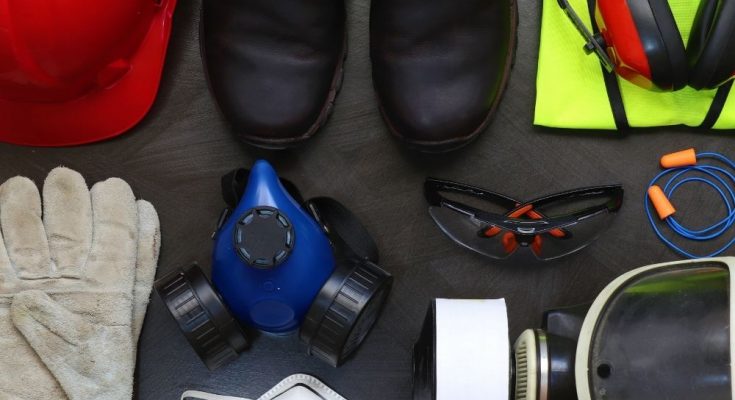The first instinct of every person who works on the frontlines of emergencies must always be to have the right equipment at the right time. This is true whether they’re a firefighter or first responder. You set yourself up to care for every person you come across by having your gear ready. Here’s the PPE gear you need to perform any rescue.
Gloves
During your time as a front liner, you’ll treat individuals with injuries. So, it’s best to have a pair of gloves that protect your hands from severe infections.
On the other hand, you must ensure you go for fire-resistant materials if you’re a firefighter buying PPE gloves for fire rescue missions. The gloves should also protect you from possible exposure to liquids. Purchase gloves that have vinyl or another hypoallergenic material in the fabric.
CPR Masks
Many EMTs and other first responders need CPR masks. The CPR masks are flat plastic barriers that victims have on their faces, covering the mouth and nose. There’s a small hole for airflow in each mask, and they are portable and easy to carry.
Eye Protection
Eye protection is another thing a frontline worker like a firefighter needs. Specialized eyewear helps protect the eyes against liquids and flying ashes. When buying this, go for eye protection with sturdy frames. The stronger the structure, the more protection you receive from your equipment.
Containers
Containers aren’t things you’d think are essential, but a frontline worker likely needs a container to help control contaminated items and sharp objects. The container can help house different things, and you will probably find two separate containers—one for biohazard waste and the other for sharp objects.
The sharp object container houses needles and blades. Since the sharp points contain contaminants, it’s best to avoid touching the used area and only handle the sharp items with latex gloves.
As for the biohazard material case, many professionals from the EMT crew have containers that rescuers place contaminated items into. After placing objects in, they transfer the containers to a safe location at the hospital.
After you’ve studied the PPE gear you need to perform any rescue, follow up with your team on how you can improve your current PPE gear, and make a note of what you should supply for the next rescue mission. That way, you won’t lack any vital pieces, and you and your team will be ready to go.



